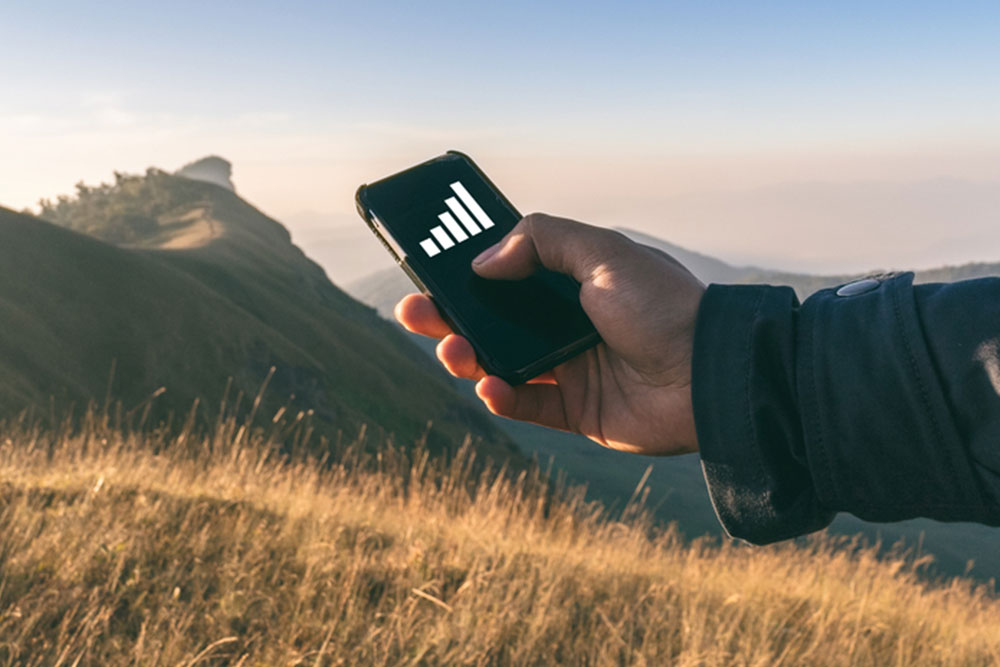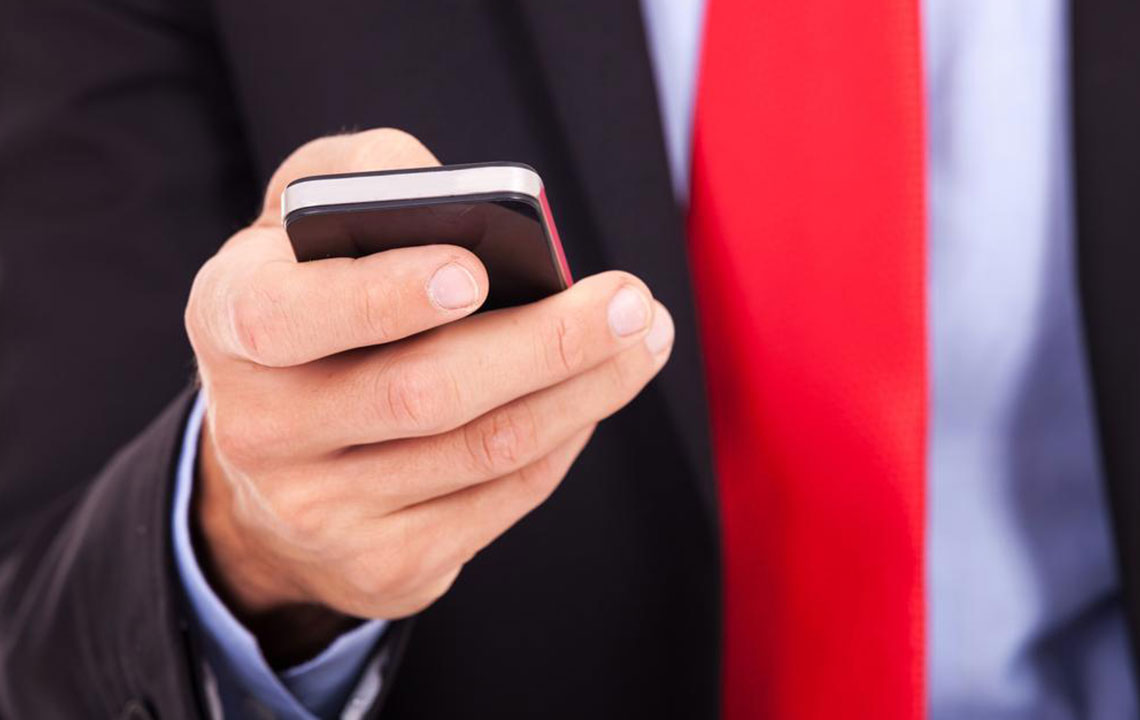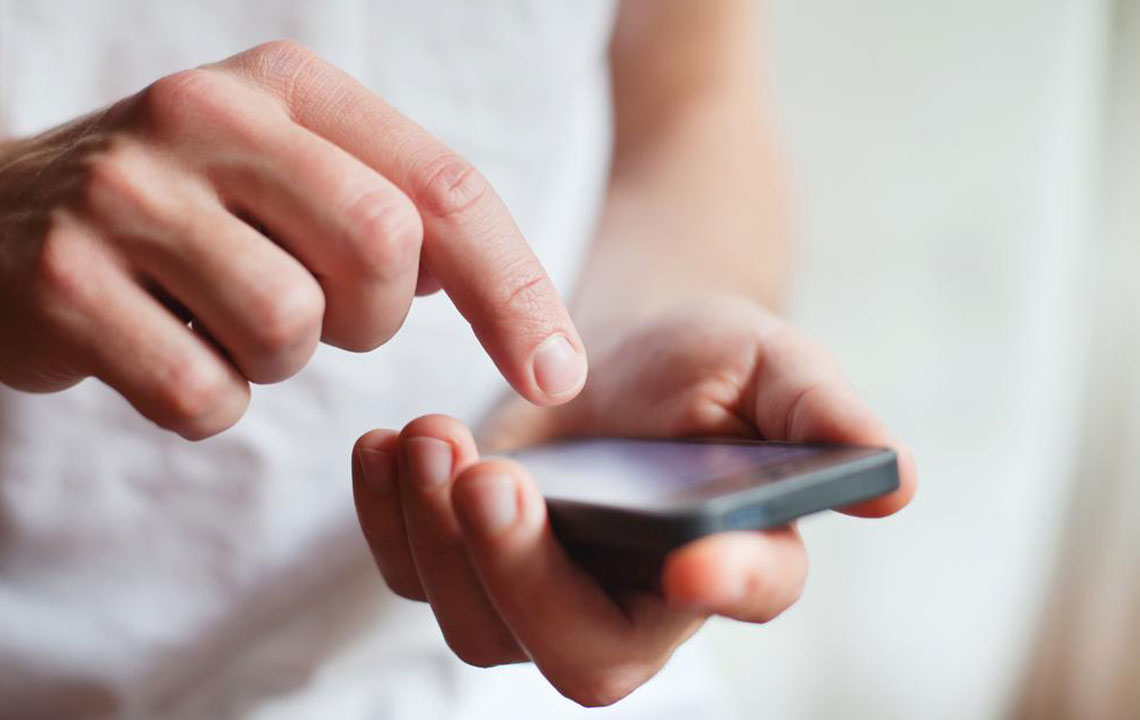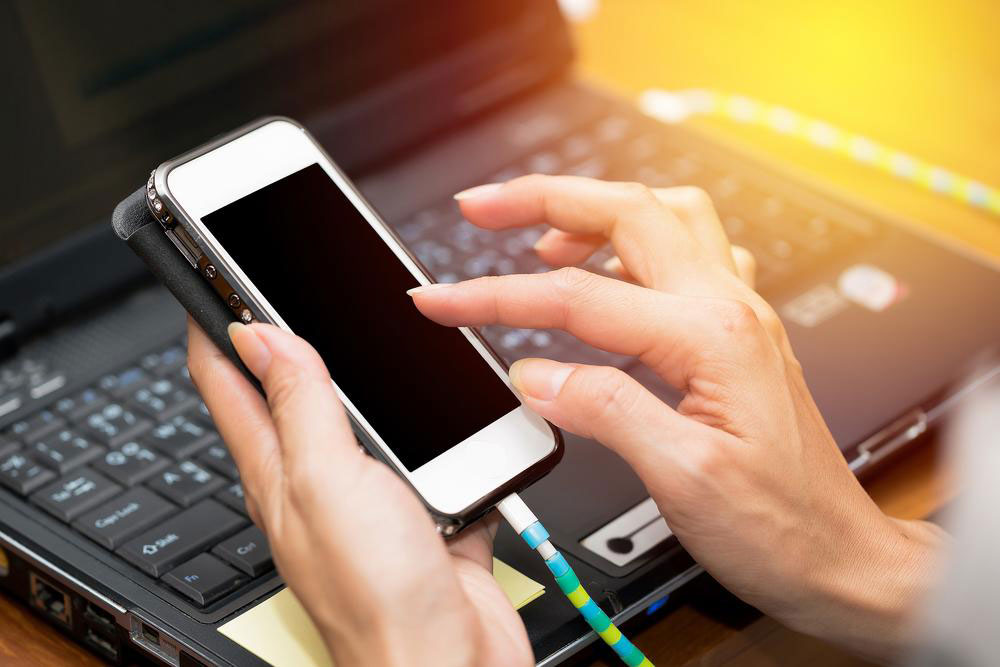Comprehensive Guide to Free Government Cell Phone Programs for Low-Income Americans
This comprehensive guide explains the importance of government-assisted free cell phone programs designed for low-income Americans. It details eligibility criteria, top provider options like Assurance Wireless and SafeLink Wireless, and highlights how these initiatives help millions stay connected for work, education, health, and emergencies. Learn about program benefits, coverage, and how to apply. Stay informed on the latest developments in government-supported mobile connectivity and ensure you or your loved ones don't miss out on essential communication services vital for everyday life and safety.

Comprehensive Guide to Free Government Cell Phone Programs for Low-Income Americans
In today’s fast-paced digital world, staying connected has become more than just a convenience; it’s a necessity. Cell phones have transformed the way we communicate, enabling instant calls, text messaging, and high-quality video chats that keep us connected with family, friends, colleagues, and even emergency services. However, for many low-income households, affording a reliable mobile device and service plan remains a challenge. Recognizing this digital divide, the United States government has implemented various initiatives to ensure that everyone has access to essential communication tools through free government cell phone programs.
These programs are designed to bridge the gap by providing subsidized or free mobile services to eligible individuals and families. Through partnerships with major telecommunication providers, the government offers comprehensive plans that include free phones, call minutes, texts, and data, helping millions of Americans stay connected for work, education, health, and emergency needs. This guide aims to provide a thorough overview of these programs, how they work, eligibility requirements, and the top providers participating in these initiatives.
Understanding the scope of government-funded cell phone programs is crucial. These initiatives, most notably the Lifeline Assistance program, are administered by the Federal Communications Commission (FCC) and aim to ensure that low-income Americans are not disconnected from vital communication channels. Since its inception, millions of households have benefited from these services, which are continuously expanded and updated to meet technological advancements and community needs.
The significance of these programs goes beyond mere affordability. Access to reliable phone service is essential for employment opportunities, online education, accessing healthcare, and emergency response. For many, a smartphone is the gateway to opportunities that can improve their quality of life and promote social inclusion. As technology evolves, these programs also adapt by offering more data, better devices, and enhanced services to meet modern communication demands.
Eligibility for government cell phone programs is generally based on income or participation in other federal assistance programs. Applicants must provide proof of income or enrollment in programs like SNAP, Medicaid, or Supplemental Security Income (SSI). Open registration periods, guidelines, and available benefits vary by state and provider, but the core goal remains consistent: ensuring that no American is left disconnected due to financial constraints.
Leading providers involved in providing free cell phones and service plans include:
Access Wireless: This provider offers smartphones bundled with 750 minutes of calls, unlimited messaging, and up to 200MB data in select regions, making it ideal for basic communication needs.
American Assistance: Focuses on providing 500 free voice minutes and text messages each month, with features such as caller ID, voicemail, and call waiting to enhance user experience.
Assurance Wireless: A prominent participant in the Lifeline program, assuring a free smartphone with 350 minutes, unlimited text messaging, and 500MB data, with options to purchase additional minutes and data at discounted rates.
Blue Jay Wireless: Offers a free mobile device with 500 minutes, 100 text messages, and 10MB of data, available in 20 states to support basic communication needs.
Infiniti Mobile: Provides unlimited talk and text, along with 2.5GB data for just $1 per month in Oklahoma, ensuring affordability and reliable service.
SafeLink Wireless: Offers a variety of plans including a free device, 350 minutes, unlimited texts, and 500MB data, with variations based on state-specific regulations and needs.
Overall, approximately 12 to 15 million Americans currently benefit from these government-sponsored programs. The availability and specific offerings vary by state, as federal and state regulations influence how these programs operate locally. The core aim remains steadfast: to provide vital connectivity to those who need it most, bridging the digital divide and fostering inclusion in the digital economy.
As technology continues to evolve rapidly, government-assisted mobile programs are expected to expand, offering even more comprehensive coverage, increased data allowances, and better devices. For eligible individuals, these programs are not merely a free service; they are a lifeline that enhances independence, enables access to essential services, and promotes social and economic participation.





